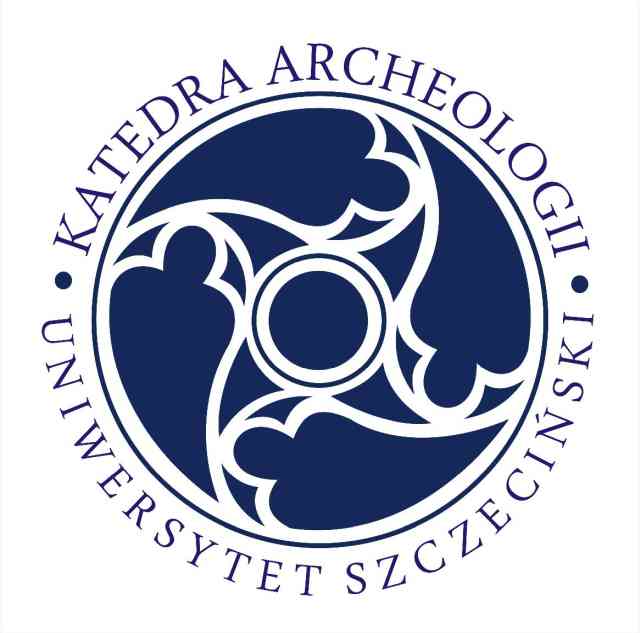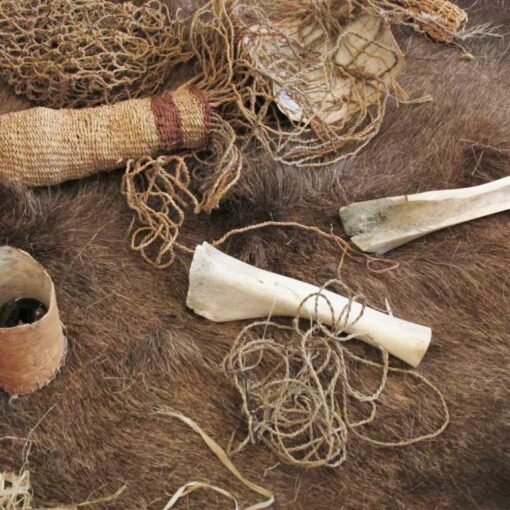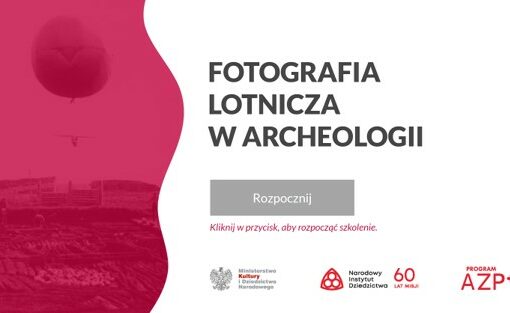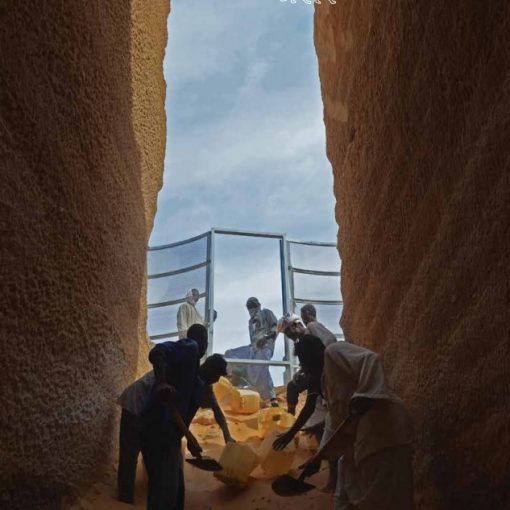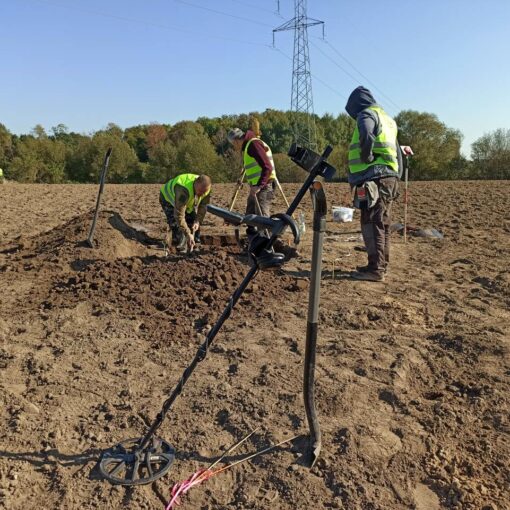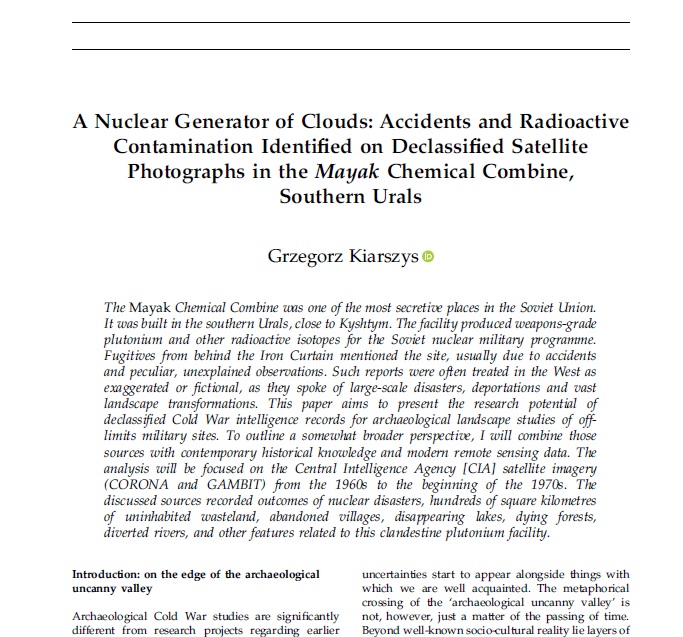 A Nuclear Generator of Clouds: Accidents and Radioactive Contamination Identified on Declassified Satellite Photographs in the Mayak Chemical Combine, Southern Urals
A Nuclear Generator of Clouds: Accidents and Radioactive Contamination Identified on Declassified Satellite Photographs in the Mayak Chemical Combine, Southern Urals
The Mayak Chemical Combine was one of the most secretive places in the Soviet Union. It was built in the southern Urals, close to Kyshtym. The facility produced weapons-grade plutonium and other radioactive isotopes for the Soviet nuclear military programme. Fugitives from behind the Iron Curtain mentioned the site, usually due to accidents and peculiar, unexplained observations. Such reports were often treated in the West as exaggerated or fictional, as they spoke of large-scale disasters, deportations and vast landscape transformations. This paper aims to present the research potential of declassified Cold War intelligence records for archaeological landscape studies of offlimits military sites. To outline a somewhat broader perspective, I will combine those sources with contemporary historical knowledge and modern remote sensing data. The analysis will be focused on the Central Intelligence Agency [CIA] satellite imagery (CORONA and GAMBIT) from the 1960s to the beginning of the 1970s. The discussed sources recorded outcomes of nuclear disasters, hundreds of square kilometres of uninhabited wasteland, abandoned villages, disappearing lakes, dying forests, diverted rivers, and other features related to this clandestine plutonium facility.
Key words: Cold War Archaeology, Soviet Union, Mayak Chemical Combine, Nuclear Disasters, Declassified Satellite Imagery, CORONA, GAMBIT
